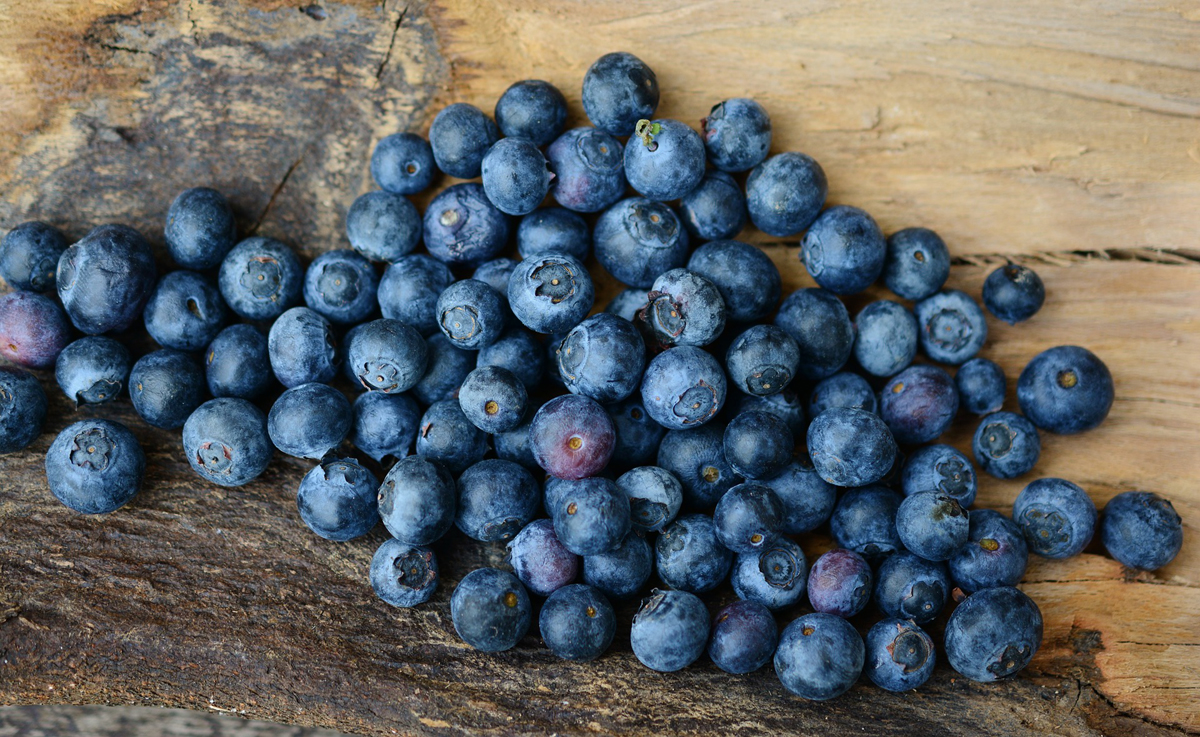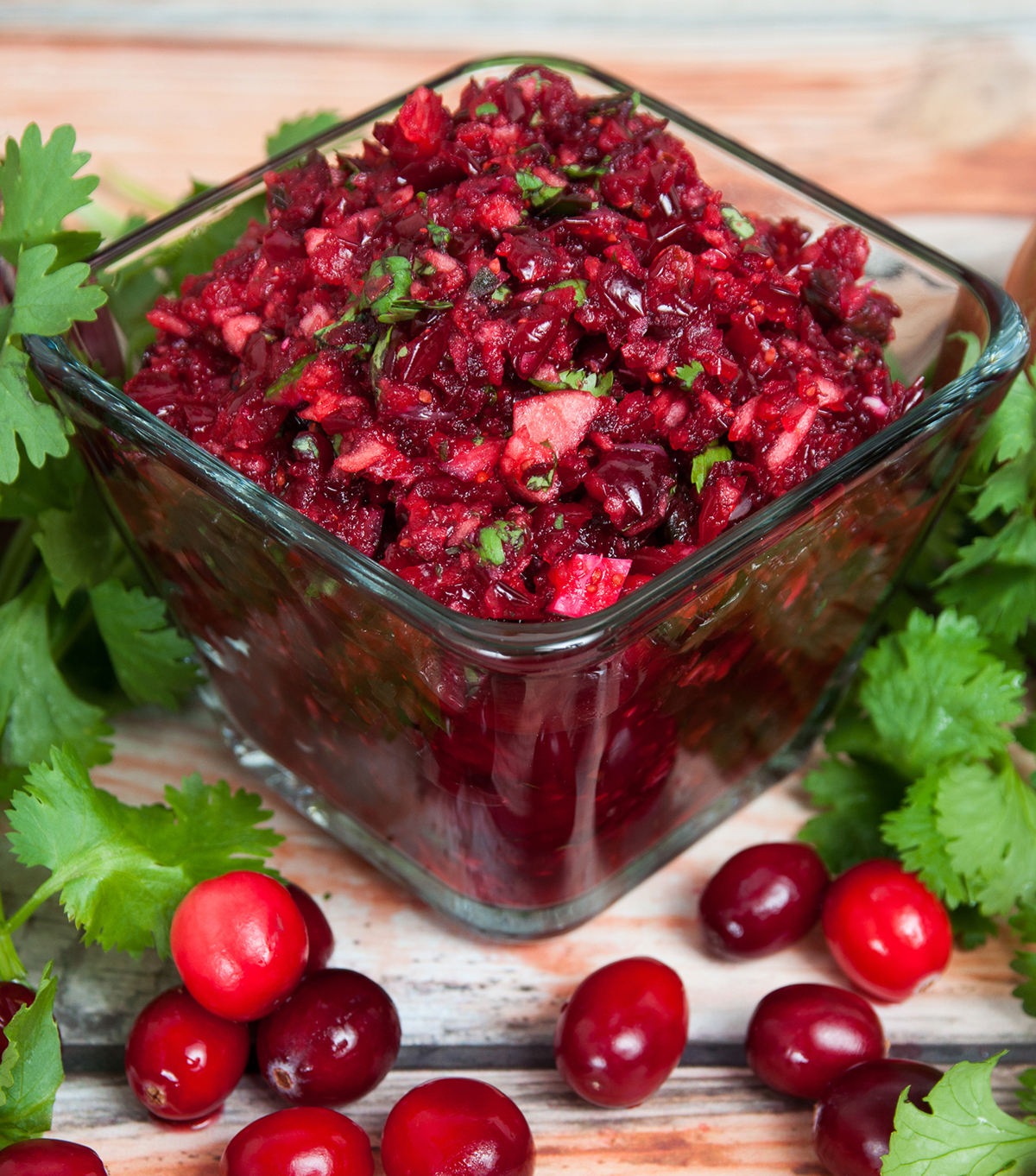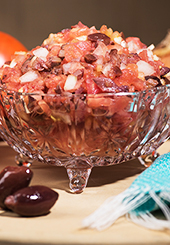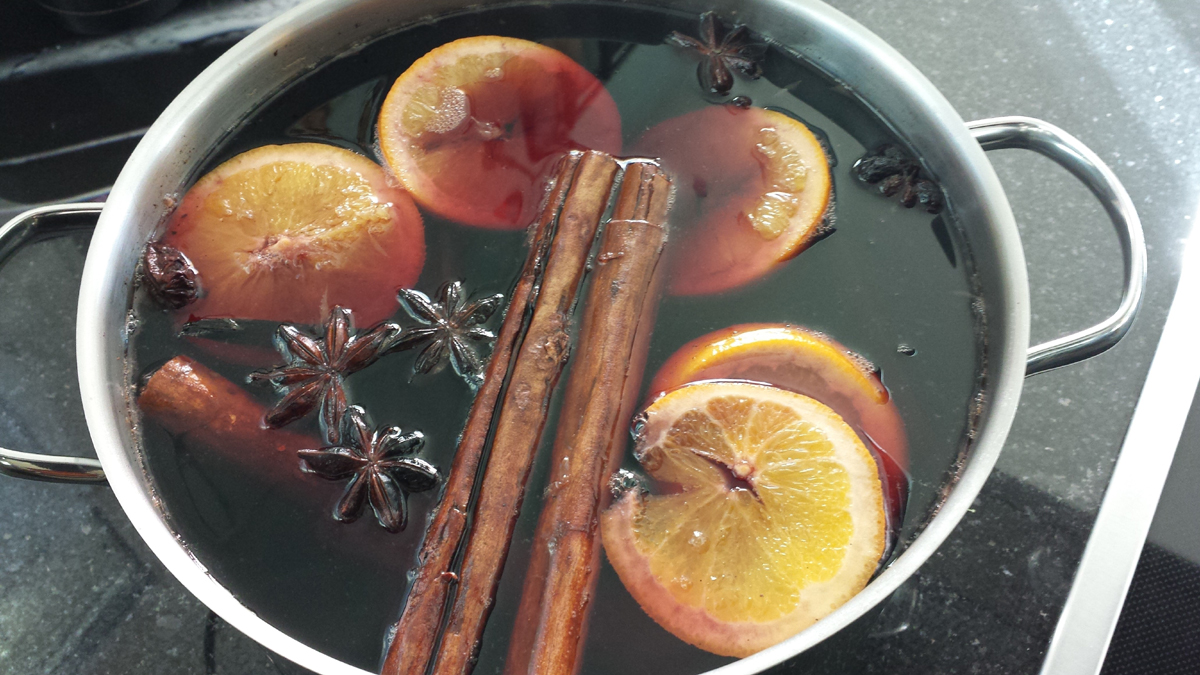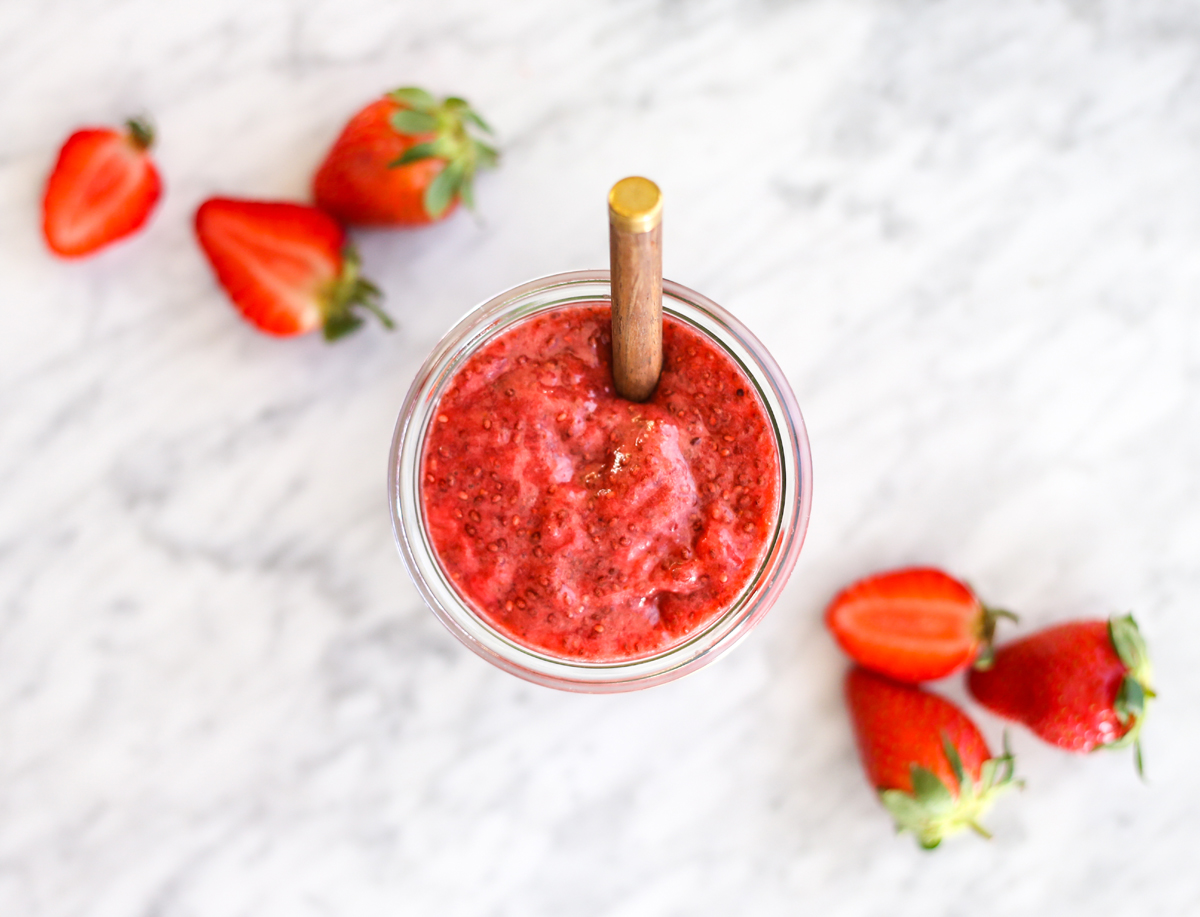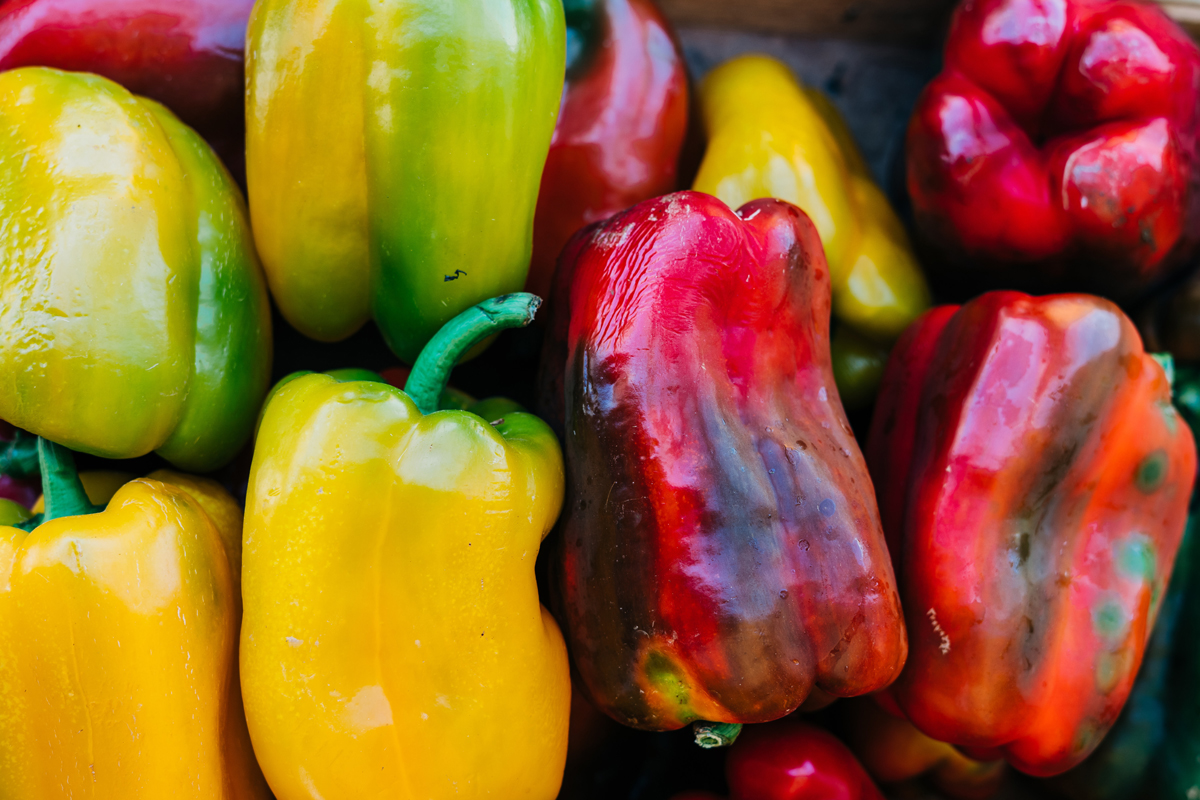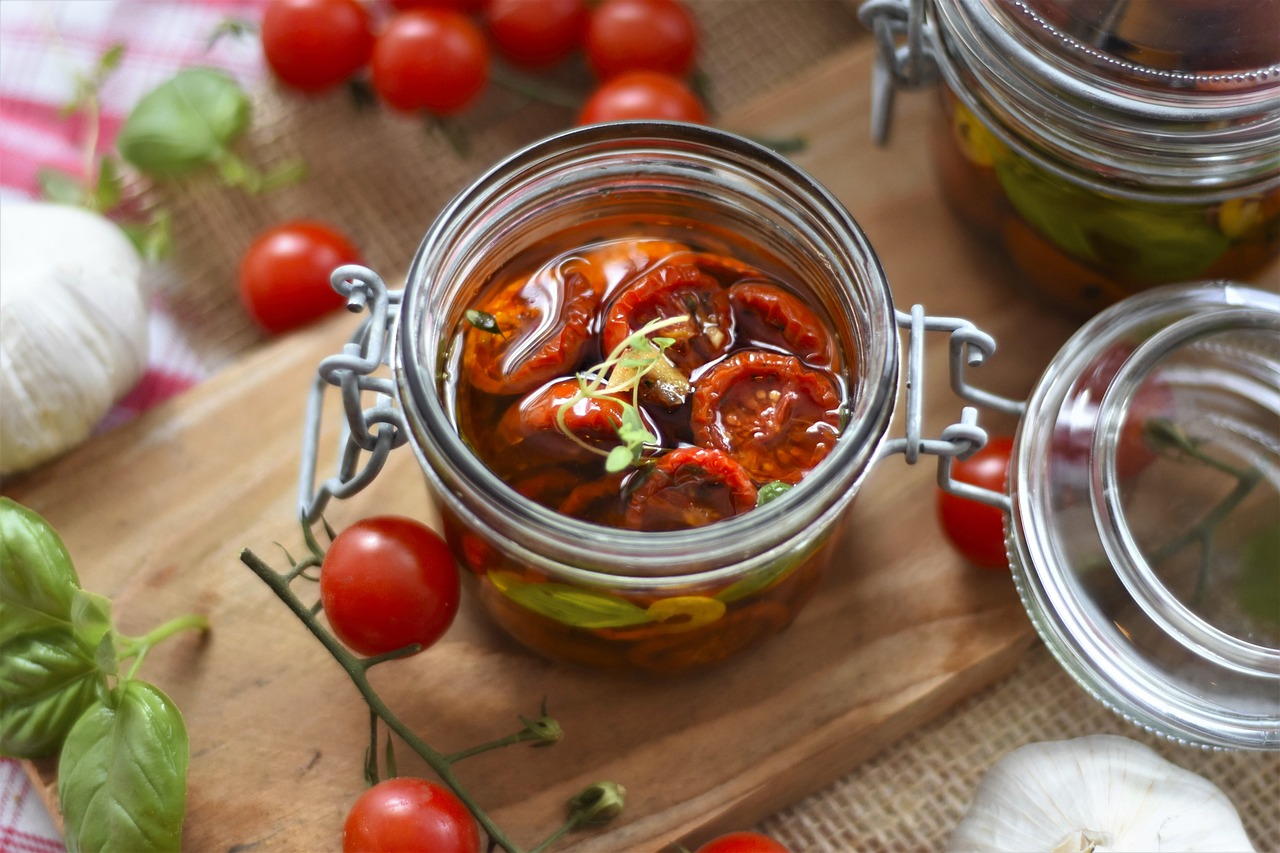Making Fruit Spreads Preserve It Right
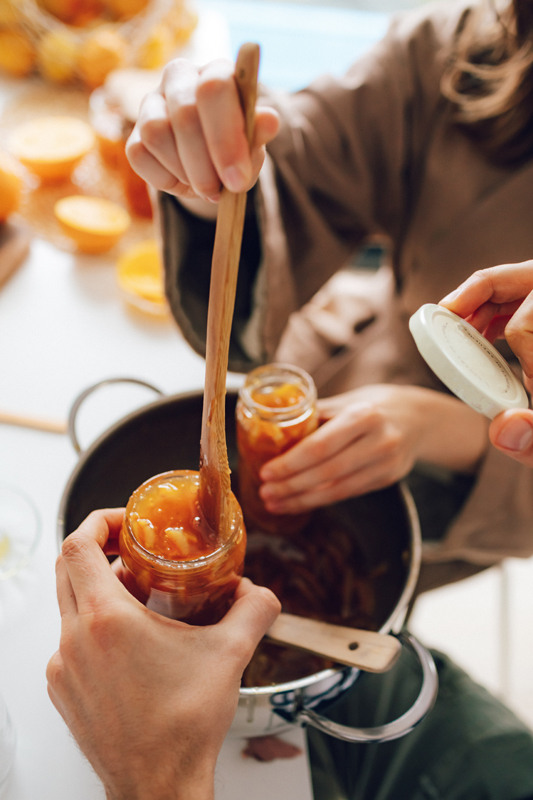
Jams, jellies, marmalades, preserves, and conserves are sweet spreads made from fruit or juice; they differ in firmness, clarity and ingredients.
Jam is made from crushed or ground fruit and usually has a thick consistency.
Jelly is made from fruit juice and contains no visible pieces of fruit. It is clear and firm enough to hold its shape when turned out of the jar.
Marmalade is a soft gel with pieces of fruit and citrus peel.
Preserves are made by cooking whole or large pieces of fruit in a thick sugar syrup.
Conserves are a mixture of fruits, citrus fruit, nuts and raisins.
Nutrient Value
Fruit spreads have a high sugar content and provide mainly calories (55 to 70 per level tablespoon). They should be used sparingly by persons concerned about weight control or sugar consumption.
Low-sugar fruit spreads can be prepared from special recipes using non-nutritive sweeteners and gelatin or pectin substitutes. However, these products must be refrigerated or frozen to prevent spoilage because non-nutritive sweeteners cannot preserve fruit like sugar can.
Essential Ingredients
Pectin is necessary for thickening or gel formation. It is present naturally in fruit and also is commercially available in powdered or liquid form.
Pectin is formed from protopectin as fruit ripens, or as under ripe fruit is cooked. All fruits have some pectin. Apples, crab apples, gooseberries, citrus peel and certain plums contain large amounts of pectin.
Other fruits, like blueberries, straw-berries, cherries, or huckleberries, contain little pectin and will thicken only if combined with fruit rich in pectin, or combined with powdered or liquid pectin.
Most recipes call for powdered or liquid pectin. Fresh pectin should be purchased yearly; old pectin may result in poor gels. Spreads made without added pectin require longer cooking and yield less product.
Acid must be present in sufficient amounts for a gel to form. If natural acid is lacking, lemon juice or citrus fruit is added. Commercial pectin products contain organic acids, like fumaric acid.
Sugar helps gel formation, adds sweetness, and acts as a preservative. Corn syrup can be substituted for half the sugar. A light-colored, mild-flavored honey can be used in place of one-third of the sugar. Too much honey or corn syrup will mask the fruit flavor and affect gel formation.
Start with Tested Recipes
For best results, always use tested recipes from a reliable source. Measure ingredients carefully and follow the directions exactly. Do not change the amount of sugar or fruit. Do not substitute one type of pectin for another.
If you want a larger yield, prepare the recipe twice or as many times as necessary. Do not double the recipe since the larger quantity may not cook to the proper stage in the time suggested in the recipe. Likewise, do not cut the recipe in half.
Many people prefer to make uncooked or freezer jams because they are quick and have a more pronounced fresh fruit flavor. Recipes for freezer jams are included with most pectin products. Be sure to follow the recipe exactly.
Use Standard Jars and Lids
Half-pint canning or jelly jars and self sealing, two piece lids are recommended. Check jars for cracks or chips and check lids for dents or rust; these defects may cause sealing failures. Prepare the lids and bands according to the manufacturer’s directions.
To sterilize empty jars, put them right side up on the rack in a boiling water canner. Add hot (not boiling) water, filling jars and canner to 1 inch over tops of jars. Heat till water boils, then start timing. Boil for 10 minutes if your county’s altitude is less than 1000 feet or for 11 minutes if altitude is over 1000 feet. Remove and drain jars one at a time. Leave hot water in canner for processing filled jars.
Preparing Sweet Spreads with Added Pectin
Carefully follow the recipe and measure exactly. The method and order in which ingredients are combined depend on the type of pectin. Have jars and lids ready before starting to cook fruit mixture.
Success in jelly and jam making depends on proper cooking and accurate timing. Jelly should be boiled rapidly, not simmered. Begin counting time when the mixture reaches a full rolling boil, one that cannot be stirred down. Pour hot mixture into sterile, half-pint jars leaving 1/4 inch head-space. Wipe jar rim with clean, damp cloth; place hot metal lid on jar with sealing compound next to glass and screw band down firmly.
Process All Fruit Spreads
To prevent mold growth, flavor loss,change of color, and surface darkening, all cooked fruit spreads must be heat processed. Because of the risk of harmful mold contamination, paraffin seals are no longer recommended for sweet spreads.
To heat process, place jars in water bath canner filled with hot water. Water should be 1 inch over jar tops. Heat to boiling, then begin timing. Process half-pints in covered canner for 5 minutes if altitude is less than 1000 feet, or for 10 minutes if altitude is above 1000 feet.
Remove jars from canner and place on a rack or folded cloth away from drafts. Do not tighten the screw bands. When jelly has cooled completely, check seals by pressing on the center of the lid. The lid should be curved downward. If lid is down and will not move, jar is sealed.Refrigerate any unsealed jars.
Remaking Soft Jellies
Overcooked jelly cannot be redone, but jellies that are too soft sometimes can be saved by recooking. Have clean jars and new lids ready before starting.
To remake with powdered pectin: Measure 4 cups of jelly; set aside. In a large saucepan combine 1/2 cup water, 1/4 cup sugar, 2 tablespoons bottled lemon juice, and 4 teaspoons powdered pectin.
Heat to boiling, stirring constantly. Add 4 cups jelly and bring to a rolling boil over high heat, stirring constantly. Boil hard 30 seconds. Remove from heat, quickly skim off foam and fill sterile jars with jelly, leaving 1/4 inch head space. Wipe jar rims. Adjust new lids and heat process in boiling water canner as directed.
To remake with liquid pectin: For each quart of jelly, have ready 3/4 cup sugar, 2 tablespoons bottled lemon juice, and 2 tablespoons liquid pectin. Measure 4 cups jelly into large saucepan and bring to a boil over high heat, stirring constantly. Remove from heat and quickly add the sugar, lemon juice and pectin. Bring to a full rolling boil, stirring constantly.
Boil hard for 1 minute. Quickly skim off foam and fill sterile jars with jelly, leaving 1/4 inch head space. Wipe jar rims. Adjust new lids and process in boiling water canner as directed.
Fruit Spread Recipes
Apple Butter
Yield: 8 to 9 pints
- 8 pounds apples
- 2 cups vinegar
- 2 cups sweet cider
- 2 1/4 cups sugar
- 2 1/4 cups brown sugar
- 2 tablespoons ground cinnamon
- 1 tablespoon ground cloves
To prepare pulp, quarter and core apples, but do not peel. Cook apples slowly in vinegar and cider until tender. Press fruit through a strainer or food mill.
To prepare butter, put apple pulp in a large kettle. Add sugar and spices. Cook slowly until thick, about 1 hour, stirring frequently. To test for doneness, remove a spoonful and hold it away from steam for 2 minutes. If apple butter remains mounded on the spoon, it’s done. Or, spoon a small quantity of apple butter onto a plate. When a rim of liquid does not form around the edge of the butter, it has been cooked adequately and is ready for canning.
Immediately fill sterile, half pint or pint jars, leaving 1/4 inch head space. Wipe rims, adjust lids and process in a boiling water canner for 5 minutes if at altitudes of less than 1000 feet, or for 10 minutes if altitude is above 1000 feet.
Orange Jelly
Yield: About 6 half-pints
- 12 ounces frozen orange juice concentrate, thawed
- 2 1/2 cups water
- 1 box powdered pectin
- 4 1/2 cups sugar
Mix juice and water in saucepan. Add pectin and bring to a boil. Add sugar all at once. Bring to a full rolling boil, stirring constantly. Boil hard for 1 minute. Remove from heat and skim off foam with a metal spoon. Immediately fill sterile jars, leaving 1/4 inch headspace. Wipe rims, adjust lids and heat process in a boiling water canner for 5 minutes if at altitudes of less than 1000 feet, or for 10 minutes if altitude is above 1000 feet.
Freezer Strawberry Jam
Yield: About 6 half-pints
- About 1 quart fully ripe strawberries
- 4 cups sugar
- 3/4 cup water
- 1 box powdered fruit pectin
Sort and wash fruit; remove stems and caps; crush berries with potato masher or by pressing through a strainer. If using a food processor, pulse or chop only; do not puree. Measure 2 cups crushed strawberries into a large bowl. Add sugar, mix well and let stand. In a small saucepan, combine water and pectin. Bring to a boil and boil 1 minute, stirring constantly. Remove from heat and stir pectin mixture into fruit mixture. Continue stirring about 3 minutes. A few sugar crystals will remain. Quickly ladle into freezer containers. Wipe off top edge and cover at once with tight lids leaving 1/4 to 1/2 inch head space. Let stand at room temperature for 24 hours. Freeze for long-term storage, or refrigerate and use within 3 weeks.
Typical Jelly Problems and Causes
Problem: Contains Glass Like Particles or Crystals
Causes:
1. Sugar may not have dissolved completely due to under cooking.
2. Long, slow cooking may have resulted in too much evaporation of water.
3. Undissolved sugar, which was sticking to the pan, washed into the jelly as it was poured.
4. If grape jelly, the crystals may be tartaric acid, a natural substance in grapes.
Prevention:
1. Time cooking accurately.
2. Jelly should be boiled rapidly, not simmered.
3. Ladle jelly into jars instead of pouring it. Or, carefully wipe side of pan free of sugar crystals with a damp cloth before filling
jars.
Problem: Lacks Flavor
Causes:
1. Fruit was not ripe enough.
2. Jelly stored too long.
3. Storage area was too warm.
Prevention:
1. Use full flavored, tree-ripened fruit.
2. Jelly should be eaten within 1 year.
3. Storage area should be cool, dark, dry.
Problem: “Weeping”
Causes:
1. Syneresis or weeping usually occurs in quick-setting jellies and is due to amount of acid and quality of pectin in the fruit.
2. Storage area was too warm.
Prevention:
1. Follow reliable, tested recipe. Use only 4 to 6 cups of juice per batch. Do not alter the recipe.
2. Storage area should be cool and dark.
Problem: Cloudy
Causes:
1. Fruit was too green.
2. Fruit may have been cooked too long before straining.
3. Juice may have been squeezed from fruit.
4. Jelly poured into jars too slowly.
5. Jelly mixture was allowed to stand before it was poured into jars.
Prevention:
1. Fruit should be firm but ripe.
2. Fruit should be cooked only until tender.
3. To obtain the clearest jelly possible, let juice drip through cotton flannel bag, but do not squeeze.
4. Work quickly.
5. Immediately fill and seal jars.
Problem: Bubbles. May Denote Spoilage
Causes:
1. If bubbles are moving, jelly is spoiled; usually the airtight seal has been broken. (Do not use.)
2. If bubbles are standing still, utensil from which jelly was poured was held too far from top of jar or jelly was poured slowly and air was trapped in the hot jelly.
Prevention:
1. Use sterilized jars. Fill jars while jelly is boiling hot. Heat process as directed. Test seals before storing.
2. Hold pan or ladle close to jar and pour quickly.
Problem: Mold. (Do Not Use)
Causes:
Jelly was not processed properly to insure airtight seal.
Prevention:
Use sterilized jars. Fill jars while jelly is boiling hot. Heat process as directed. Test seals before storing.
Problem: Tough or Stiff
Cause:
1. Too much pectin in fruit.
2. Jelly was overcooked.
3. Too little sugar, so mixture had to be cooked too long to reach jellying stage.
Prevention:
1. Use riper fruit.
2. Cook jelly for recommended time. Time accurately. Do not alter method.
3. Measure sugar accurately and use amount specified.
Problem: Fermented. Spoilage Evident. (Do not use.)
Cause:
Yeasts grow on jelly when seal is not airtight.
Prevention:
Sterilize jars before using. Fill jars while jelly is boiling hot. Heat process as directed. Test seals before storing.
Problem: Dark on Surface
Causes:
Harmless browning reaction due to enzymes naturally present in fruit.
Prevention:
Eliminate air from the jar by heat processing so that the reaction won’t occur.
The Author:
Patricia Redlinger, extension food science specialist and Diane Nelson, communication specialist. Iowa State University : University Extension


